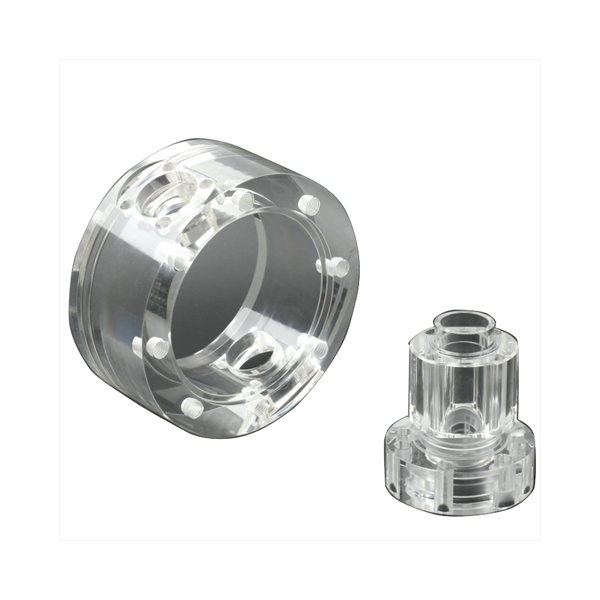GD Prototyping

CNC Sandblasting & Black Anodizing
-
Material Compatibility: Aluminum and aluminum alloys
-
Thickness Range: 5–25 microns (standard) or thicker for heavy-duty use
-
Finish Options: Matte, semi-gloss, or glossy black
-
Color Stability: UV-resistant, fade-resistant
-
Batch Capability: Prototype, low-volume, and mass production
- Description
- Specification
- Application
- FAQS
At GD Prototyping, we provide professional Black Anodizing services that enhance both the performance and appearance of aluminum parts. Anodizing is an electrochemical process that thickens the natural oxide layer on aluminum, making the surface harder, more resistant to corrosion, and suitable for functional and decorative use.
Black anodizing adds an additional dyeing step, producing a deep, uniform black color that is highly durable and resistant to fading. This finishing process is widely used in industries where both strength and aesthetics matter—such as aerospace components, automotive trim, consumer electronics, and industrial machinery.
Compared to traditional coatings or paints, black anodizing bonds directly with the metal surface, ensuring long-lasting protection without chipping or peeling. The result is a sleek matte or glossy black finish that enhances wear resistance while preserving the precision of CNC-machined or fabricated aluminum parts.
At GD Prototyping, we combine state-of-the-art finishing equipment with strict quality control to deliver consistent results. Whether you need small prototypes, low-volume batches, or full production runs, our black anodizing service ensures your parts meet the highest standards of performance and design.
| Parameter | Value / Description |
|---|---|
| Base Material | Aluminum alloys (6061, 6063, 7075, etc.) |
| Machining Process | CNC milling, CNC turning, drilling, tapping, contouring |
| Sandblasting Finish | Matte or textured surface finish, achieved by blasting with abrasive media (e.g., glass beads, aluminum oxide) |
| Anodizing Type | Type II (Sulfuric Acid) for decorative finish, Type III (Hard anodizing) for enhanced hardness and durability |
- Consumer Electronics:Matte black housings for smartphones, tablets, laptops, and audio equipment.
- Automotive Components:Trim pieces, custom brackets, interior metal details, and pedal surfaces.
- Aerospace & Defense:Lightweight, low-reflective components with corrosion-resistant finishes.
- Medical Devices:Non-reflective surgical tools, diagnostic housings, and instrument covers.
- Industrial Equipment:Control panels, machine covers, structural supports with anti-glare surfaces.
- Optical and Camera Parts:Lens rings, camera shells, light-blocking components with matte black finish.
- Prototyping & Low-Volume Production:Functional and aesthetic prototypes with a professional, scratch-resistant surface.
- Sporting Goods & Outdoor Equipment:Bicycle parts, tactical gear, and aluminum accessories with durable, dark finishes.
1. What is sandblasting, and how is it used in CNC machining?
Sandblasting is a process where abrasive particles are blasted at the surface of a part to create a matte or textured finish. It’s commonly used to improve aesthetics and prepare surfaces for further treatments like anodizing.
2. What is black anodizing?
Black anodizing is a type of surface treatment where an aluminum part is coated with a durable, corrosion-resistant oxide layer, typically dyed black for decorative and functional purposes.
3. What are the benefits of combining sandblasting and black anodizing?
This combination provides a matte, non-reflective surface with enhanced corrosion resistance, wear resistance, and a sleek, professional appearance, ideal for parts exposed to harsh conditions.
4. Can I customize the finish?
Yes, sandblasting can create different textures, and the anodizing process can produce various colors, though black is the most common. Special colors may require different dyes and processes.
5. Does anodizing affect part dimensions?
Yes, the anodizing process adds thickness to the part (approximately 5–25 microns for Type II anodizing), which can slightly affect part dimensions. Tolerances should account for this layer.










